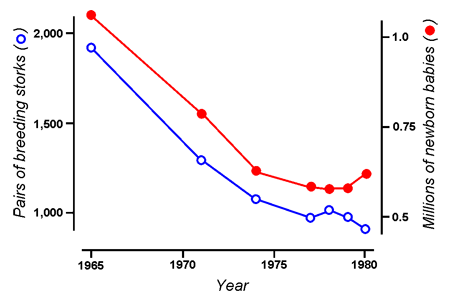Mental Models - 15
Peter Hollins - Mental Models
Reference https://www.goodreads.com/en/book/show/45027848
MMs
- Address “Important”; Ignore “Urgent” to separate priorities from impostors
- Visualize All the Dominoes to make decisions as informed as possible
- Make Reversible Decisions to remove indecisions and have a bias to action
- Seek “Satisfiction” to achieve your priorities and ignore what doesn’t matter
- Stay within 40% - 70% to balance information with action
- Minimize Regret by consulting the future you on decisions
- Ignore “Black Swans” to understand how outliers shouldn’t change your thinking
- Look for Equilibrium Points to find real patterns in data and not be fooled
- Wait for the Regression to the Mean to find real patterns in data and not be fooled
- What Would Bayes Do to calculate probabilities and predict the future based on real events
- Do It Like Darwin to seek real, honest truth in a situation
- Think With System 2 to think analytically instead of emotionally
- Peer Review Your Perspectives to understand the consensus view and why you might differ
- Find Your Own Flaws to scrutinize yourself before others can
- Separate Correlation From Causation to understand what truly needs to be addressed to solve a problem
Decision Making For Speed And Context
To the man with only a hammer, every problem looks like a nail.
- Abraham Maslow
A mental model is a blueprint to emphasize important aspects of whatever you’re facing, and it defines context, background and direction.
Without them, you are only able to see the haphazard, individual elements with no connection to each other.
A chef is someone who has the mental models of flavor profiles, what basic ingredients are needed for a stock or a sauce, typical techniques for different meats, and the conventional beverage and food pairings.
You can think of mental models as life heuristics or guidelines to evaluate and comprehend.
Mental models aren’t perfect representations of the world around us, they serve to separate the signal from the noise for a specific perspective.
Too few mental models limit your capability to comprehend.

MM #15: Separate Correlation From Causation to understand what truly needs to be addressed to solve a problem
Storks deliver babies?

Just because two things occur simultaneously doesn’t mean that there is a causal relationship between them.
Imagine seeing a chart with two lines, depicting the daily sales of sunglasses and ice cream, respectively. By looking solely at that chart, one would say that one might cause the other, where the truth is that warm weather causes both.
Two events with similar patterns or related behaviors do not have to be causing each other.
Correlation shows relation in terms of trait or trend. It says nothing about the underlying reason.
“These two things are generally doing the same thing at the same time”
Causation is an effort to establish the reason things happen. → cause and effect
“This thing changed, which in turn cause this other thing to change”
The reality is messy though, sometimes there isn’t an obvious cause. Sometimes we must look past the immediate reason (the proximate cause) and search for a more fundamental basis (the root cause).
The root and proximate causes have the “reason for the reason” relationship.
When finding the true cause, go past the immediate situation and examine the sequence of factors and cues, thinking or emotional patterns, or environmental elements that set the groundwork.
A useful technique for examining cause and effect is to apply the “5 Why’s”, a technique originating in Toyota factories.